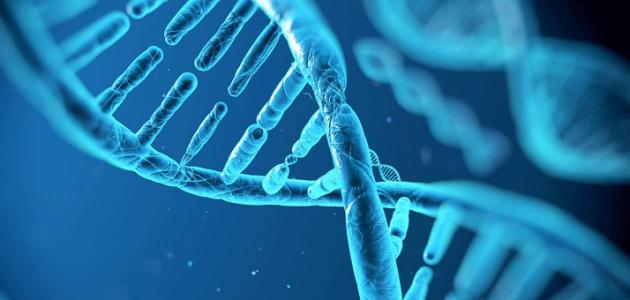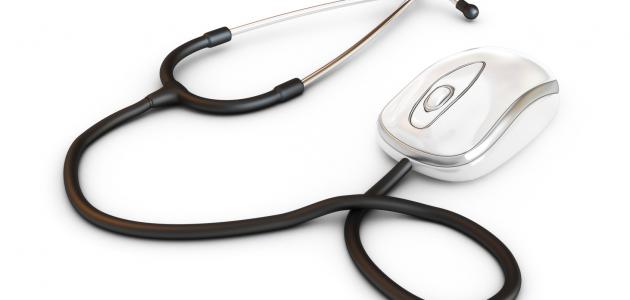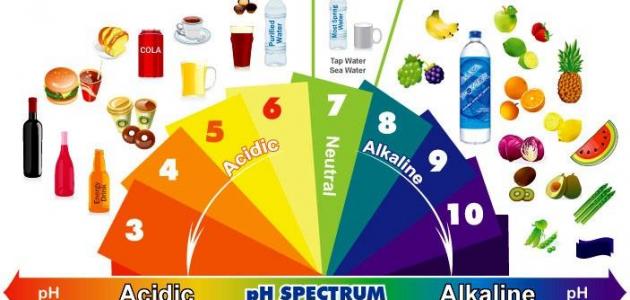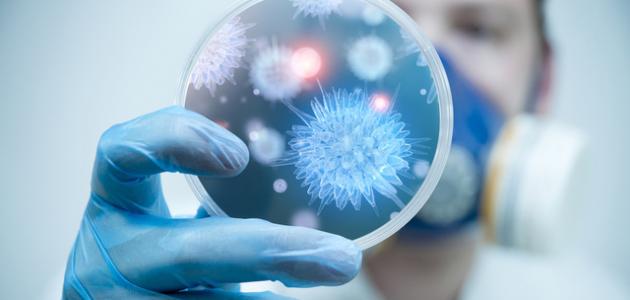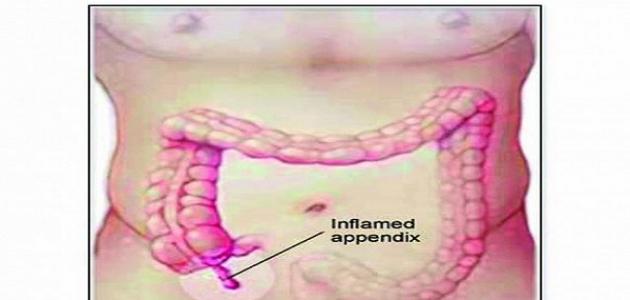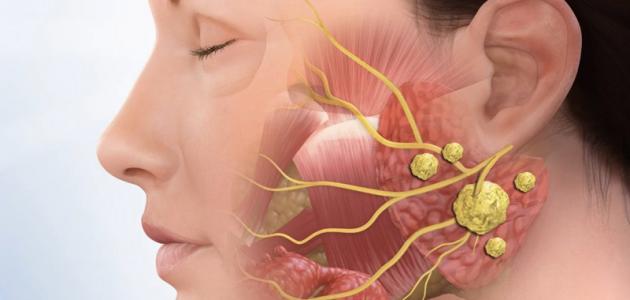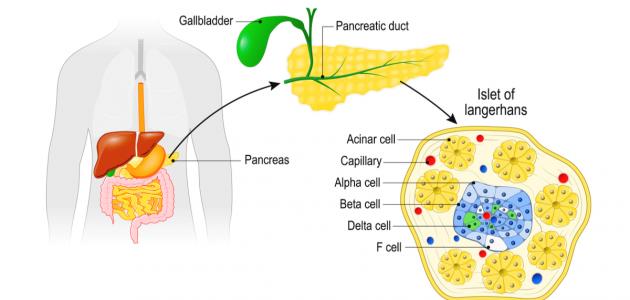Contents
tariff
It is one of the nucleic acids, which make up the chromosomes responsible for the transfer of genetic traits from parents to children, and their number in humans is forty-six, arranged in cross-pairs, containing tens of thousands of genes, which are the carrier of a specific genetic trait, which determines the function and nature of a particular device In the human makeup, where the number in one chromosome is approximately one hundred thousand genes.
Components of RNA
RNA acid consists of a single chain of nuclides, which are linked with each other, according to a specific engineering system, and nuclides are molecules consisting of a pentagonal sugar, a group of phosphates, and a nitrogen base, which forms the building block in nucleic acids.
Types of DNA
- mRNA messenger, and it works to transfer the genetic code to the ribosomes from the genes in the nucleus.
- tRNA, a transporter that helps build proteins, by transporting amino acids to the ribosomes from the cytosol.
- rRNA ribosome aids in the production of nucleoid ribosomes, which are found inside the cell nucleus.
The relationship between DNA & RNA
Duties
Each of them is complementary to the function of the other, as they both form chromosomes, where RNA plays an important role in translating the genetic material stored in DNA into proteins, which perform the necessary functions for living organisms, and to translate the genes in the DNA into the proteins in the RNA, it must be copied into the RNA first, and then it is converted into protein, and this process only takes place when genes are active.
The differences in the composition of each of them
- RNA consists of a non-hypoxic sugar, while DNA is composed of a liposome that is deoxygenated.
- DNA contains a nitrogen base, called thymine, while RNA contains a nitrogen base, called uracil.
- RNA is single-stranded while DNA is double-stranded.
- RNA & DNA also contains nitrogenous adenine, guanine and cytosine bases.
- The RNA tape is also located in front of one of the two RNA strands, so that the nitrogenous bases are met by these tapes, according to an engineering arrangement.
The arrangement of nitrogenous bases
- When adenine is on a DNA strand, then uracil must be on the RNA tape opposite it.
- When thymine is on a DNA strand, adenine must be on the RNA strand opposite it.
- When cytocin is present on a DNA strand, guanine must be present on the RNA tape opposite it.
- When guanine is present on a DNA strand, cytocin must be present on the RNA tape opposite it.
